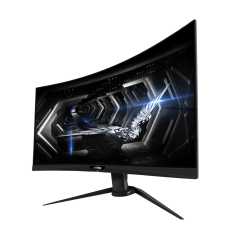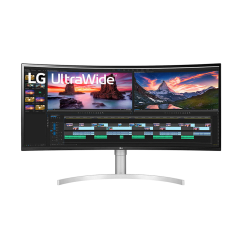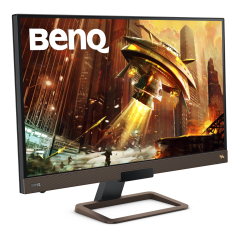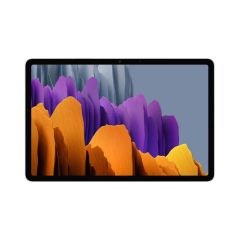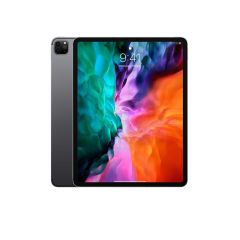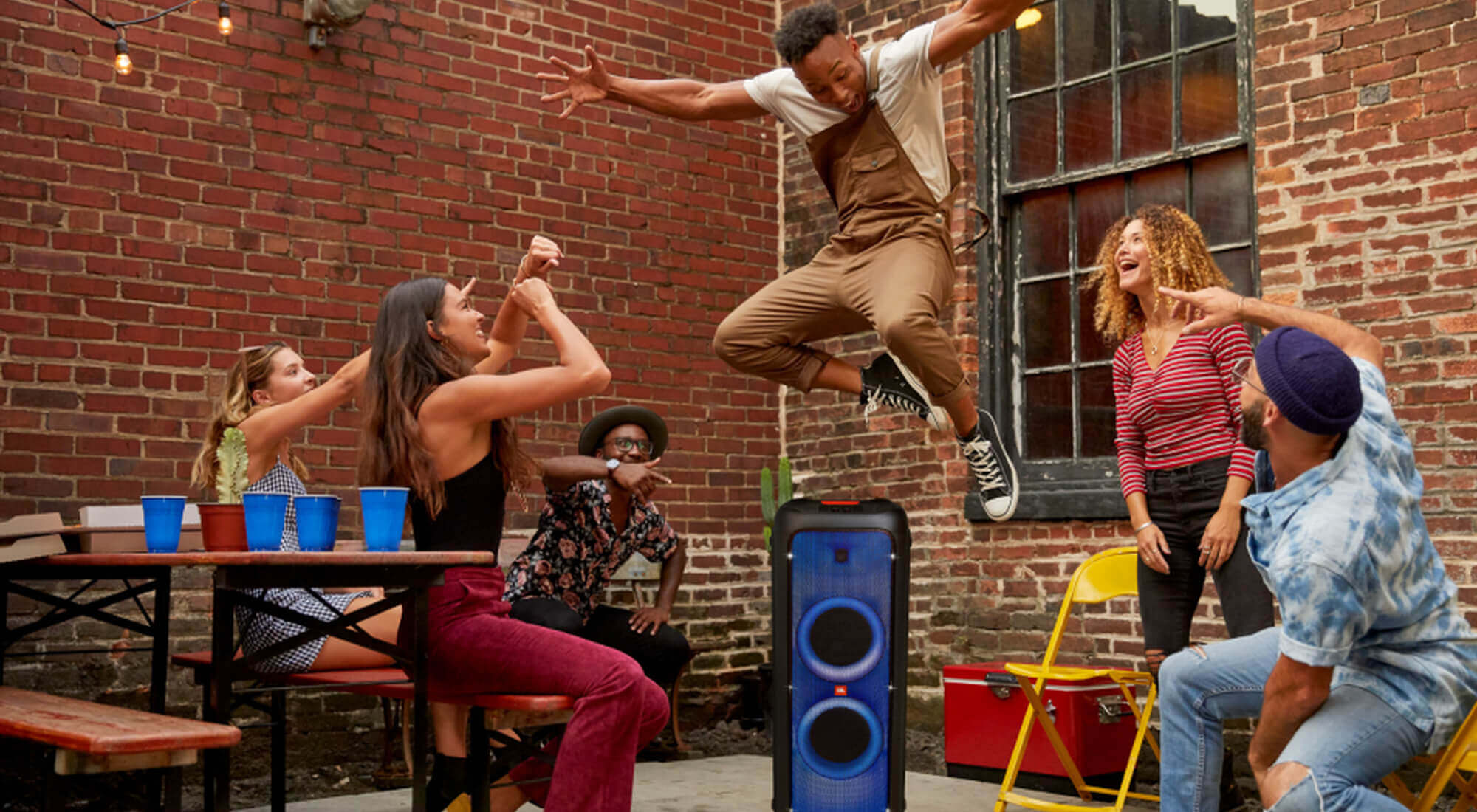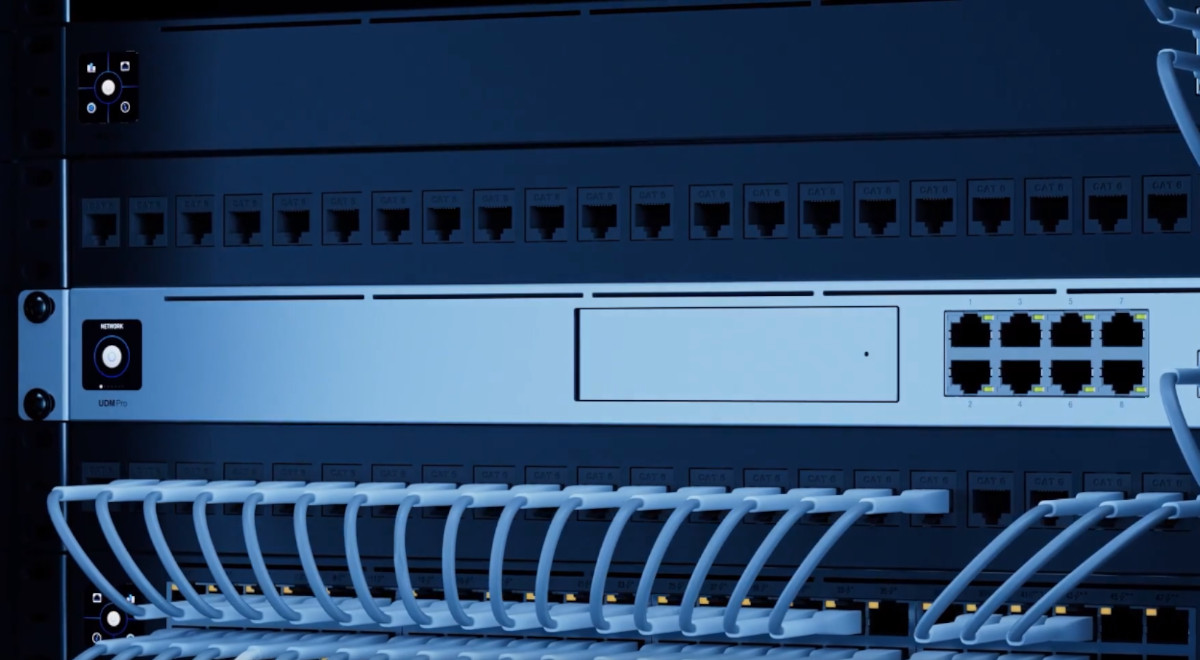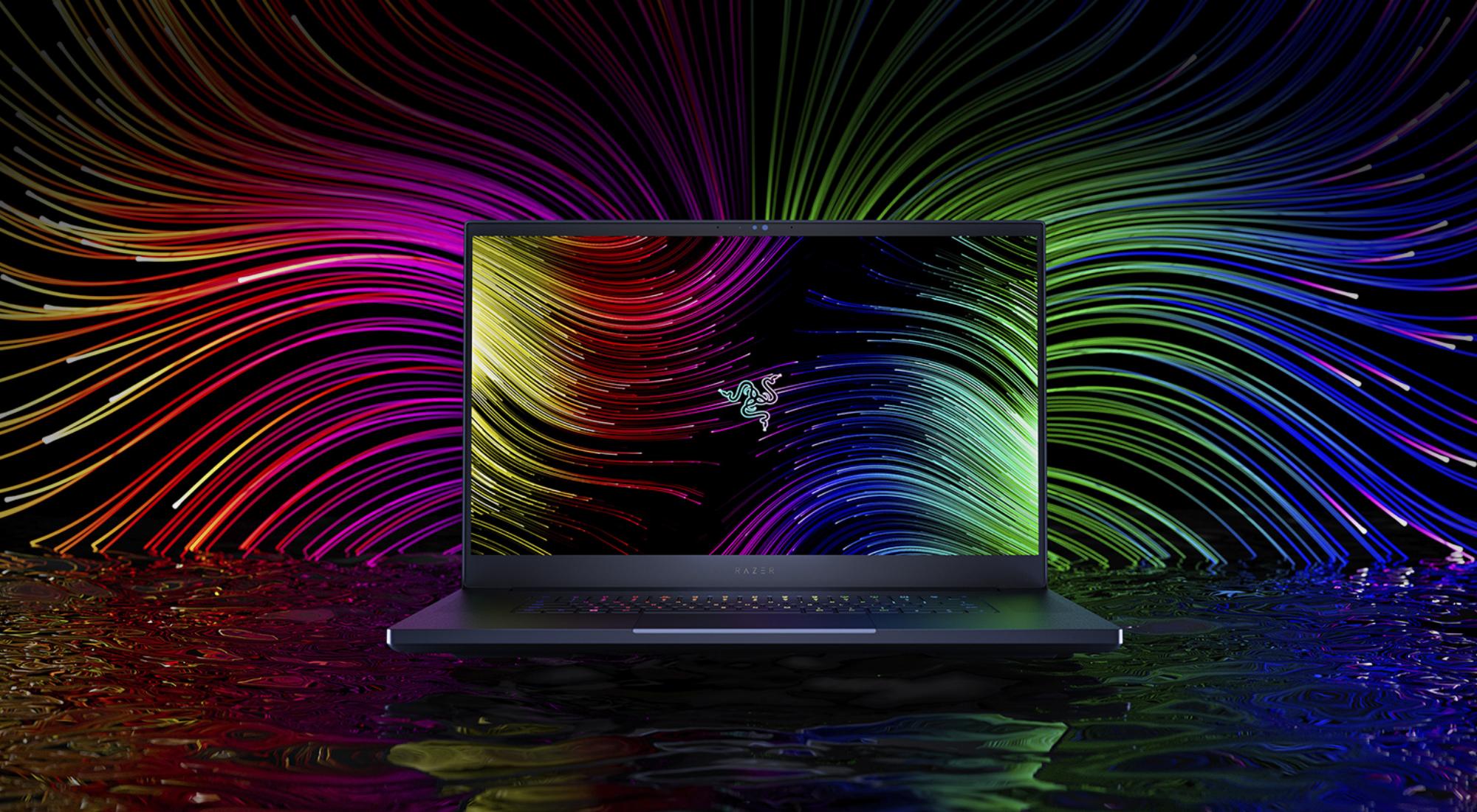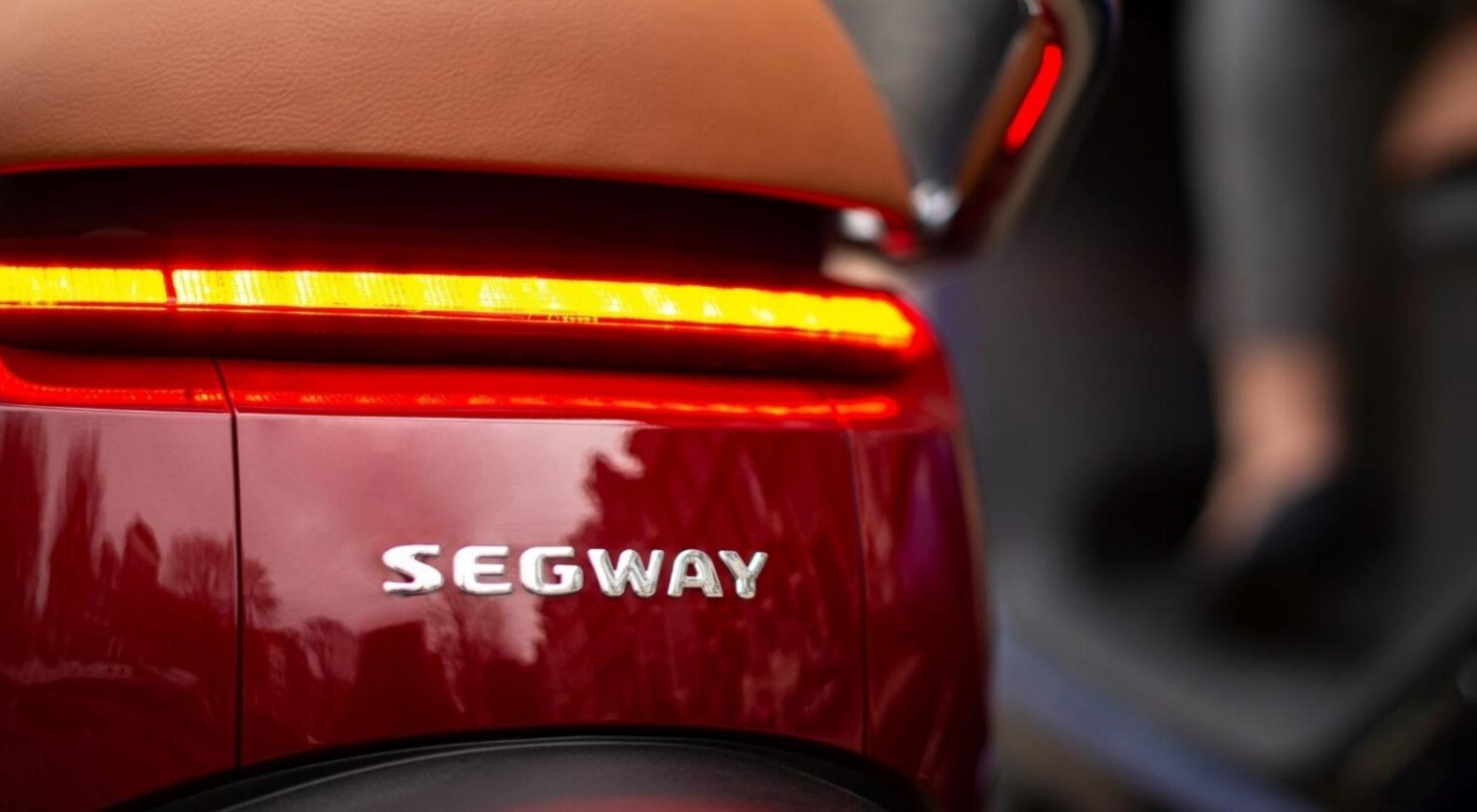What are NFTs? Why are they important to the future of digital ownership? Find out here!
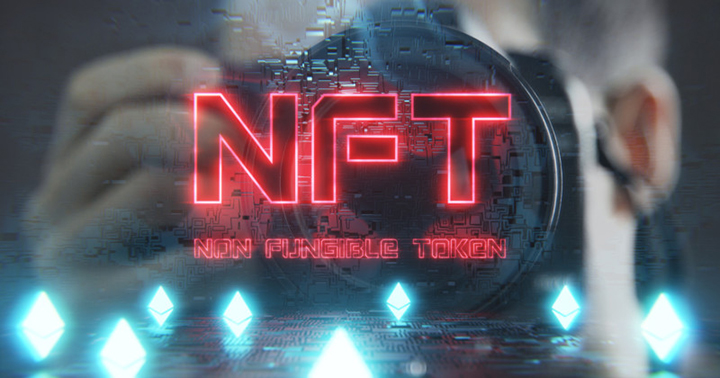
You may have seen “NTFs” floating around in the headlines lately, probably in relation to some large amounts of money. You may be wondering what it is and that’s okay, it’s still relatively new. Unsure what an NFT or Non-fungible token is? Well in short, it could very well be the future of digital media ownership, whether it be a JPEG image, a 4K video, a GIF or virtual land, music or even a simple tweet, you’ll be able to apply an NFT to it for ownership which you may transfer to another person for example, if you’re selling it or even trading it. Think of it a certificate of authenticity for a collectable.
This guide explains all you need to know about NFTs. We’ll be covering:
- What they are
- How they work
- How to get involved
- And more!

What is an NFT?
NFT stands for non-fungible token.
In economics, a fungible asset is something with units that can be interchanged, for example, money.
If you have a $10 note, you can swap it out for five $2 coins and it will still retain the same value.
However, if it’s non-fungible, this isn’t possible at all because it means it has unique properties that cannot be interchanged.
For example, a painting such as Van Gogh’s “Starry night” which is one of a kind. You can buy a print of it, or take a photo, but the painting will always remain the original artwork.
NFT’s are similar, they are one-of-a-kind assets for the digital world. They can be sold or bought just like any other form of property, however don’t have a tangible form.
These digital tokens can be thought of “certificates of ownership” for digital and physical assets.
NFTs are designed to give you a “unique” signature that can’t be replicated: ownership of the work (the artist can still retain the copyright and reproduction rights, exactly the same as physical artwork). To put it in terms of physical art collecting: anyone can buy a Banksy print, but only one person can own the original.
How do NFTs work?
Tangible artworks such as paintings or sculptures are valuable because they’re usually one-of-a-kind. However, with digital art, files can be easily duplicated and distributed. That’s where NFTs come into the picture. You’ll be able to add a token to create a digital certificate of ownership onto any type of digital media you’ve created and claim ownership, this way, you can either buy or sell knowing that it’s the original piece of artwork, rather than having a duplicate. It’s like having an arts authenticator with your digital artwork at all times confirming that it’s the original image.
As the same with crypto-currency, a record of who owns what is stored on a “shared ledger” known as the blockchain (more on this below).
The records cannot be forged because the ledger is maintained by thousands of different computers around the world. NFTs can also have “smart contracts” that may give the original artist a cut of any future sale after the original transaction.
You’re probably asking what a blockchain is, well, there’s a lot to it, so I recommend reading this article by CoinDesk if you’d like to learn more about them.
What's stopping people copying digital art?
Honestly, absolutely nothing. Countless people have seen digital artist Beeple's art that had sold for $69m and the image itself has been copied and distributed thousands of times.
In many cases, the artists retains the copyright ownership of the work and they may continue to produce and sell copies of it. Similar to how traditional trademarks work, however, the buyer gets a “token” proving that it’s the original, directly from the artist. It’s compared to buying an autographed/numbered print of an artwork from the original artist.
Are NFTs worth anything?
Technically, anybody can apply a token to their work to sell it as an NFT but the interest of them has been energized by recent multi-million dollar sales of NFTs.
On 19 February of 2021, an animated Gif of “Nyan Cat” – a very popular meme of a flying pop-tart cat from back in 2011, sold for more than $500,000 USD. Crazy? Absolutely. Worth it? That depends on how you view and value it.
Later in February, the musician “Grimes” (wife of Elon Musk) sold some of her digital art for more than $6m with NFTs.
Of course, it’s not limited to digital artworks, NFTs can be applied on a number of things. Twitter's founder and CEO Jack Dorsey, has endeavoured an NFT of the first-ever tweet, starting it’s bid at $1 and it’s most recent bid has offered $2.5m USD for the digital tweet.
Christie’s (art auction website) sale of an NFT by digital artist Beeple (Real name: Mike Winkelmann) for $69m USD set a new record for digital art. It’s the first time a digital artwork has sold for that much. Before that in 2018, a digital artwork was sold for $1m USD.
But as with crypto-currencies, there are concerns about the environmental impact of the blockchains and crypto technology. These technologies require significant computing power which translates into huge power consumption. For the eco-conscience, this is a major concern.

So every NFT is unique?
In the technical sense, every NFT is a unique token on the blockchain. However, while it could be like the Mona Lisa and there’s only one definitive original or like a limited edition collectable that are numbered for example #12 out of 100 pieces.

Are there concerns related to NFT technology and digital artists?
All new technologies have their own ‘teething issues’ that need to be ironed out over time. One of the most unusual aspects to NFTs is that anyone can mint anything. For photographers and digital artists, this can be problematic and there is no legal precedent to guide buyers and sellers at this time considering how new this technology is.
For example, if someone downloads an image they do not own the copyright to, they are still able to mint an NFT with that image. The original copyright owner would rightfully have an issue with someone profiting off their work without permission, but it is unclear what recourse they would have at this time. Traditionally, you’d have legal options or even DMCA takedowns, but not for NFTs at the moment.
With sales increasing on marketplaces every day, this could be a serious issue for not only artists, but the marketplaces themselves.
Who is liable? Who gets damages in the event of copyright infringement? Does it count as copyright infringement? These are all unanswered legal questions that anyone interested in buying and selling NFTs need to consider. As this market grows, we’re sure we’ll see these questions addressed by governments and regulated, similar to how crypto-currency was handled.
Another threat to NFTs relates to the inherent carbon footprint of blockchain and crypto technology.
One additional untested aspect of NFTs relates to securities and tax law. Governments will likely regulate NFTs similarly to other securities. This may require buyers to pay a sales tax on transactions, and to pay gains tax if they sell an NFT that has appreciated in value. This is all new ground, but it will undoubtedly come up in years ahead. Governments always want a piece of your pie, even if it doesn’t concern them.
Finally, each marketplace has its own vulnerabilities. There have been reports of NFT collections “disappearing” from marketplaces with no notice. If this occurs after paying minting fees or buying NFTs it could be a significant problem. There are many other potential concerns with NFTs, but these are some of the major factors for photographers and artists currently.

How do you create an NFT?
It’s a new type of technology, so it may sound complex but it’s far from that!
First, you’ll need to choose which blockchain you want to use to issue the NFTs. Ethereum is the most popular choice as of 2021, so that may be a good place to start, however, WAX cloud wallet (WCW) is a simpler option.
Keep in mind that blockchains use specific NFT standards. If you want to sell your NFT on a specific marketplace, you need to make sure that you mint it on a compatible NFT token standard. For example, ERC-721 is a smart contract standard and is hosted on Ethereum’s blockchain. Minting an NFT refers to the process of creating a non-fungible token on the blockchain for your specific asset. If you mint it on a certain blockchain and want to sell it on another blockchain that doesn’t have that compatibility, then you simply, cannot.
There are several Ethereum based marketplaces that allow you to mint and list NFTs for sale. Some of the most popular marketplaces are OpenSea, Mintable and Rarible. Some marketplaces allow any user to create and sell NFTs, but others require you to go through an application process that may or may not be approved, some marketplaces require you to be an “approved” artist before you can start selling digital artworks.
Once you’ve chosen your marketplace, you can then link a crypto-wallet to it. For Ethereum NFT token standards, Coinbase and Trust Wallet are two popular choices. The registration process for these websites is unlike most other websites. Rather than simply entering an email and username, you will be required to link a crypto wallet to prove your identity. Blockchains like WAX have a more traditional username/password method to creating the account.
Once you link your wallet, you can edit your profile and start minting your first NFT(s). Some platforms require a fee to mint an NFT, but others like OpenSea don’t require any sort of payment. The minting process for digital artwork/media is very straight forward. After uploading your art, you will be able to specify other properties that impact the NFT’s properties such as; scarcity (how many editions) and uniqueness (additional content, etc). These factors will depend on your goals and impact the marketability on the platform. After creating your NFT, you can list it for sale almost immediately. This requires additional input in which you specify the price, any future royalties and which token type you want to receive when an item is purchased. One of the coolest features, especially for artists with NFTs is the embedded commission or royalty fee feature, which allows the original creator to benefit from future sales of the NFT and is set/controlled by you. After completing this step, you can list your item on the marketplace and you’re ready to go! You’re now an NFT seller!
Alternatively, as a buyer you can browse marketplaces for NFTs to purchase, just make sure you have a compatible wallet to complete the transactions.
Popular Marketplaces to Purchase NFTs:
Should you buy or sell NFTs?
This is a complicated question that will depend entirely on your desire to be at the forefront of new technology. Although there are obvious benefits to artists minting and selling NFTs, there are also significant concerns to be aware of. If you decide to look into the world of NFTs, be sure to assess any risks/rewards before venturing in. NFTs we believe are here to stay, but it’s to-be-seen how they will evolve over time.
Well, I’ve learned a lot, I’m not artist but I want to start making digital content. What do I need?
Well, there’s a bunch of different types of digital content so it’s really up to you what you want to create and put out there.
If you’re looking into Gaming/Streaming/Designing then maybe you can consider some gaming laptops or desktops to get you started.
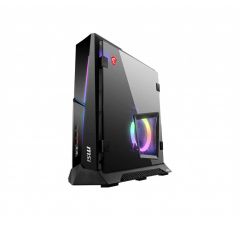
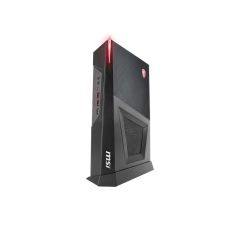
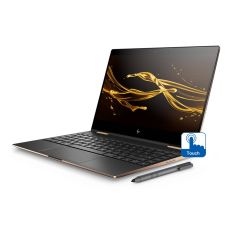
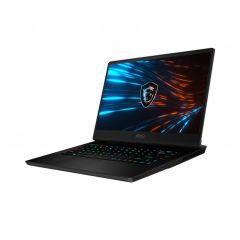
On the other hand, you may be a digital artist, so you already have a computer that you work on, but you may need a colour accurate monitor with a wide RGB spectrum.
Of course, you also have the option of creating beautiful artworks with tablets and especially iPads. Couple the iPad with an Apple Pencil and you’re an artist on the go!
If you’re looking to start creating any type of digital content, ask our trained staff of what you’d need to get you running efficiently. You may call us on (02) 9687 8828 Mon-Fri between 8:30am to 5:00pm or email us at [email protected]






